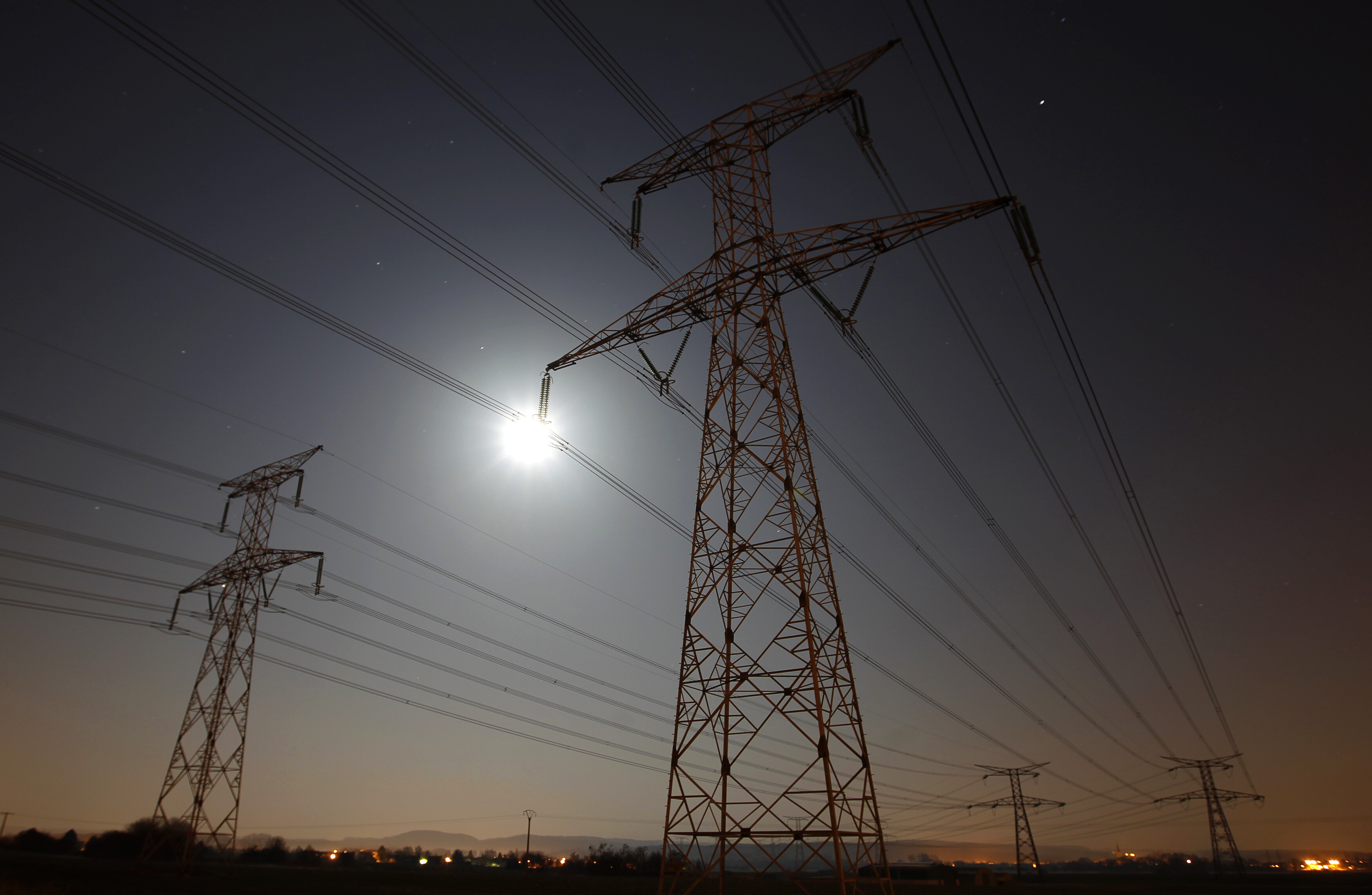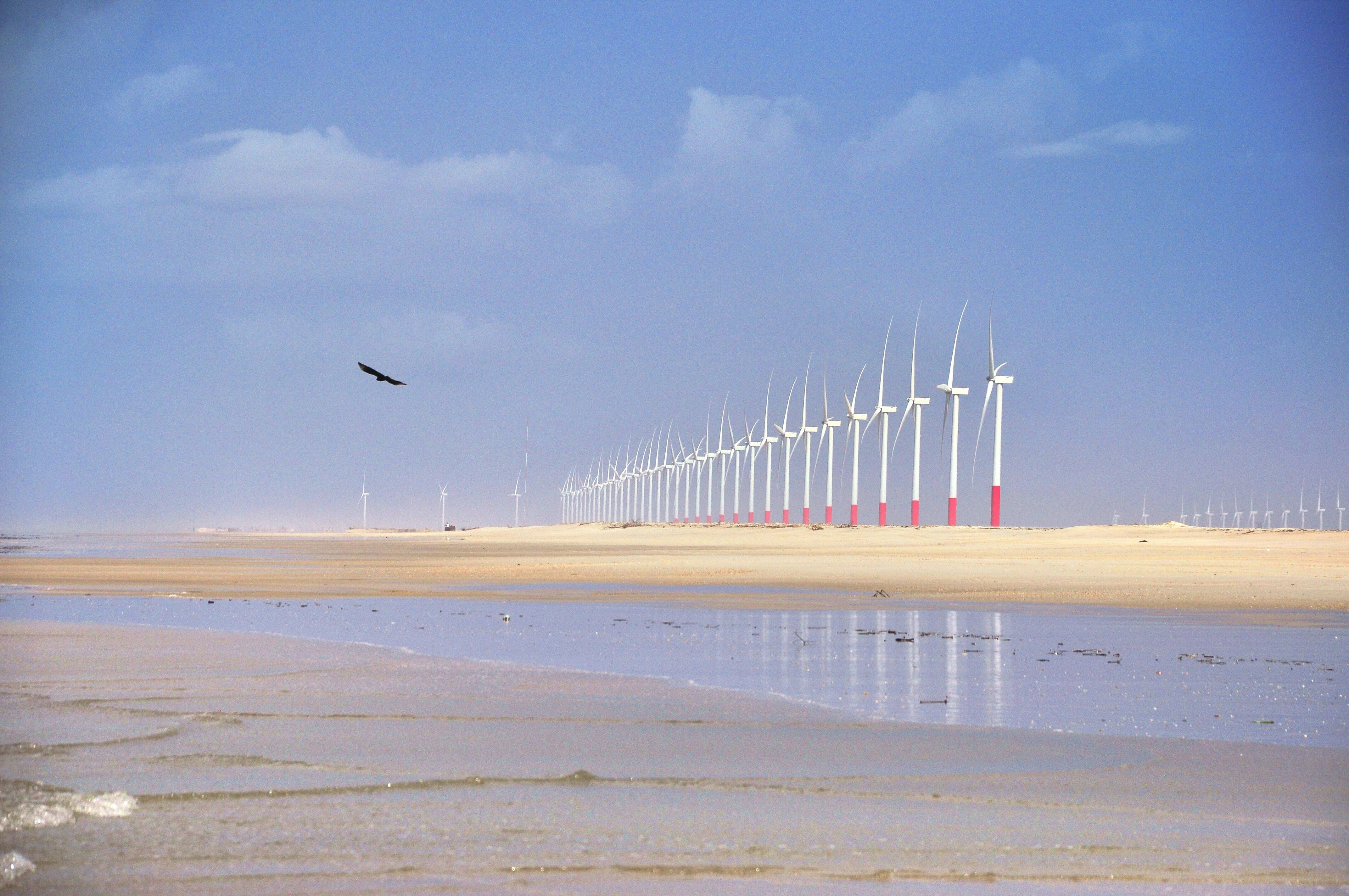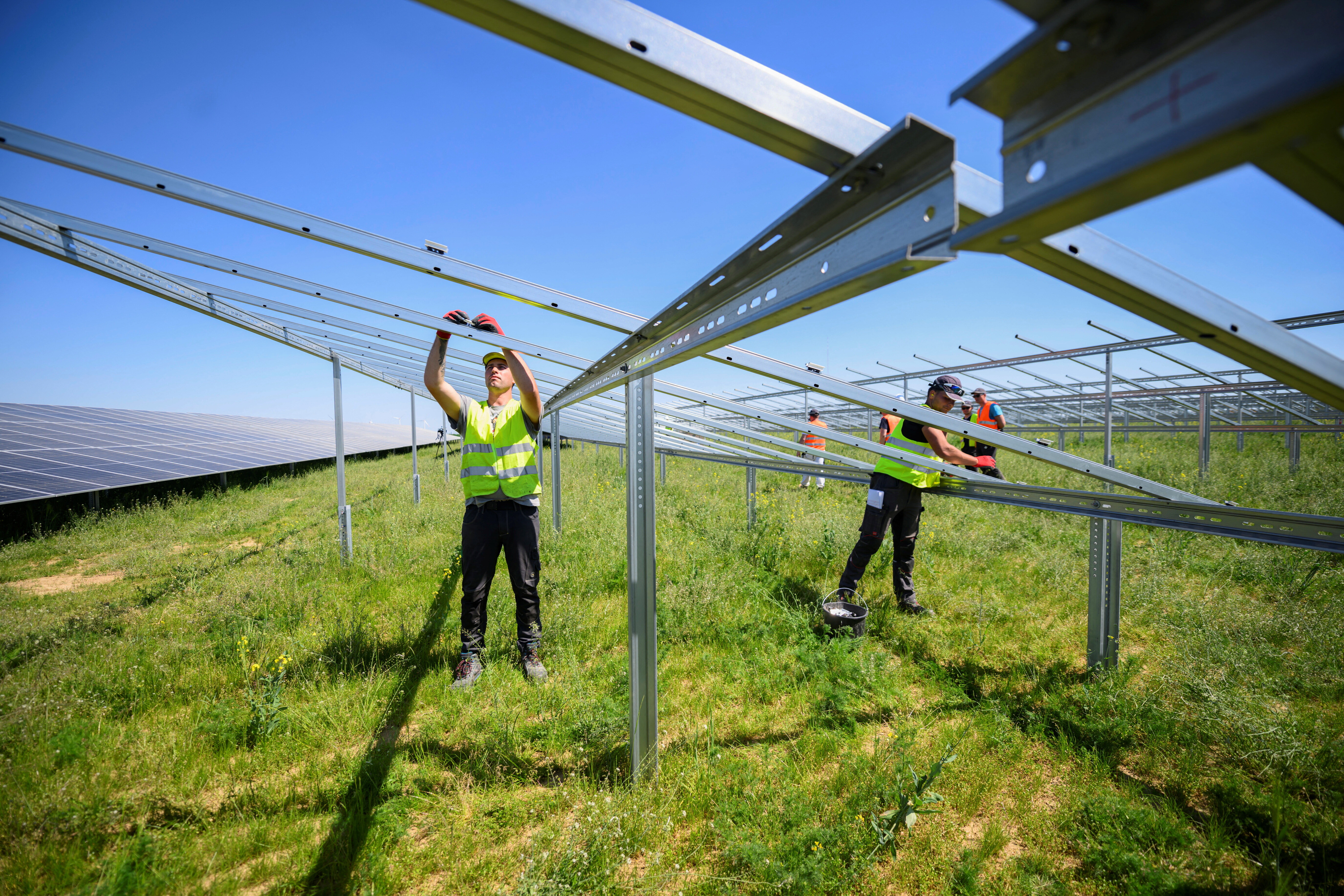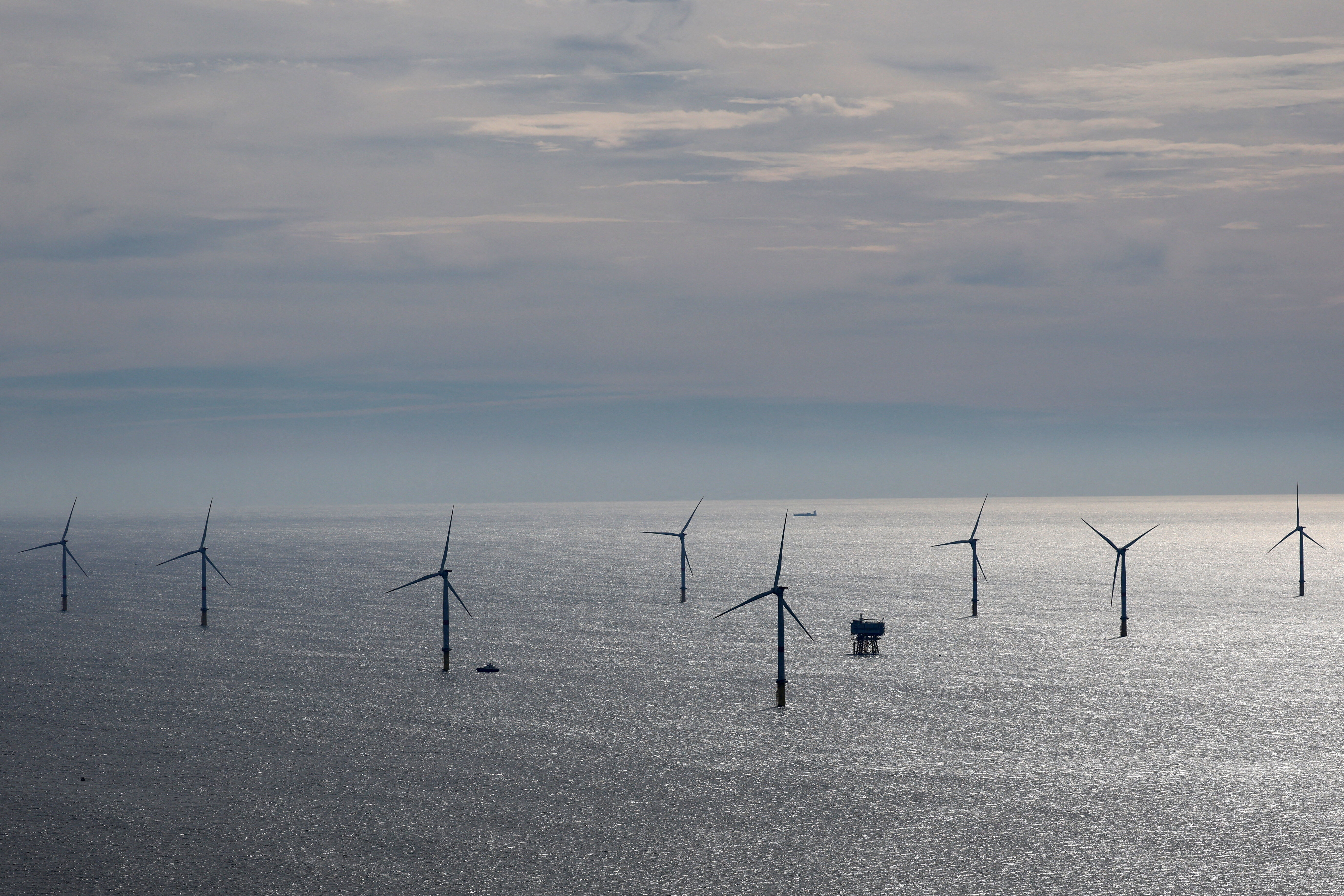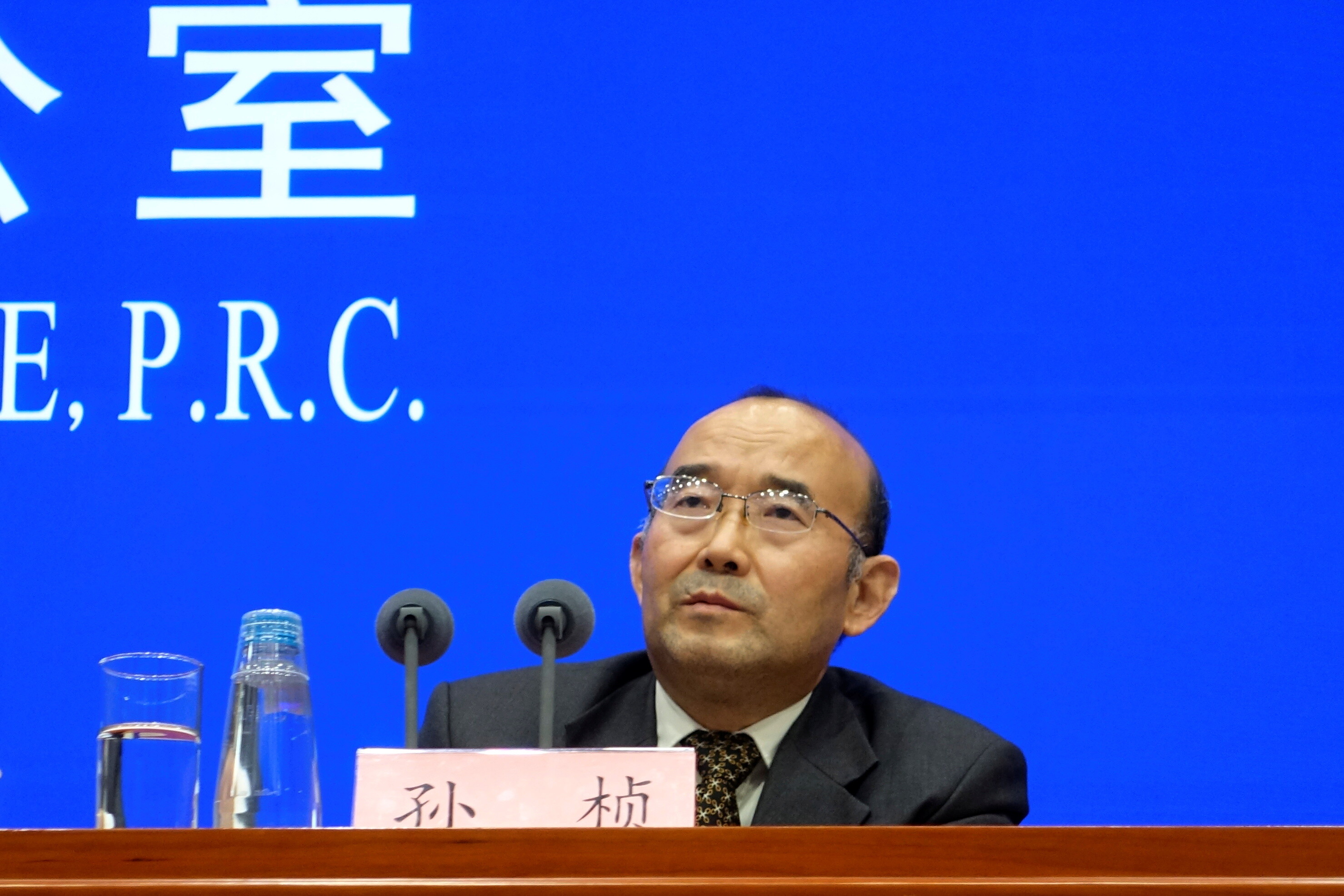This device could provide cheap electricity to billions living in the dark

Those living off-grid will soon be grateful for the chill of the night sky. Image: David Dibert/Unsplash
More than 1.7 billion people worldwide still don’t have a reliable electricity connection. For many of them, solar power is their potential energy saviour – at least when the sun is shining.
Technology to store excess solar power during the dark hours is improving. But what if we could generate electricity from the cold night sky? Researchers at Stanford and UCLA have just done exactly that. Don’t expect it to become solar’s dark twin just yet, but it could play an important role in the energy demands of the future.
The technology itself is nothing new – in fact, the principles behind it were discovered almost 200 years ago. The device, called a thermoelectric generator, uses temperature differences between two metal plates to generate electricity through something called the Seebeck effect. The greater the temperature difference, the greater the power generated.
We already use this technology to convert waste heat from sources such as industrial machinery and car engines. The new research applies the same technique to harness the temperature difference between the outside air and a surface which faces the sky.
The device’s two plates sit on top of one another. The top plate faces the cold air of the open night sky, while the bottom plate is kept enclosed in warmer air, facing the ground. Heat always radiates to cooler environments, and the cooler the environment, the faster heat is radiated. Because the open night sky is cooler than the enclosed air surrounding the bottom plate, the top plate loses heat faster than the bottom plate. This generates a temperature difference between the two plates – in this study, between four and five degrees celsius.
Now at different temperatures, heat also starts to travel from the hotter bottom plate to the cooler top plate. The device harnesses this flow of heat to generate electricity.

At this small temperature difference, power is limited. The researchers’ device produced just 25 milliwatts per meter squared (mW/m²) – enough to power a small LED reading light. By contrast, a solar panel of the same size would be enough to sustain three 32" LED TVs – that’s 4,000 times more power.
Greater potential
In dryer climates, the device could perform better. This is because in wetter climates, any moisture in the air condenses on the downward-facing bottom plate, cooling it and reducing the temperature difference between the plates. In the dry Mediterranean, for example, the device could produce 20 times more power than it did in the US.

The device itself could also be refined. For example, manufacturers could apply a coating that allows the device’s surface to reach a temperature lower than the surrounding environment during the day, so that it is even cooler at night. They could also use corrugated instead of flat plates, which are more efficient at capturing and emitting radiation. These and other feasible tech upgrades could raise the power output by as much as ten times.
With the efficiency of everyday technologies continually improving, thermolectric devices could play an important role in powering society before long. Colleagues of mine are developing technology that connects household devices to the internet and each other – the so called Internet of Things – at power levels of just 1.5 megawatts per meter squared (MW/m²), a level of energy firmly within the reach of an enhanced device in dry climates.
By connecting a series of thermoelectric generators mounted on the walls of homes, the technology could noticeably lighten the energy load of houses. It’s feasible, too – the technology could easily be mass produced, and sold cheaply enough to provide a viable energy source in locations where it is too expensive or impractical to connect with mains electricity.
Of course, it’s unlikely that thermoelectric devices will ever replace battery storage as the nighttime saviour of solar energy. Batteries now cost a quarter of what they did a decade ago, and solar systems with battery storage are already becoming affordable ways to meet small-scale domestic and industrial energy needs.
But the technology could be a useful complement to solar power and battery storage – and a vital back-up energy source for those living off-grid when batteries fail or panels break. When everything goes wrong on the chilliest of nights, those with thermoelectric devices to power a heater would at least have one thing to thank the freezing night air for.
Don't miss any update on this topic
Create a free account and access your personalized content collection with our latest publications and analyses.
License and Republishing
World Economic Forum articles may be republished in accordance with the Creative Commons Attribution-NonCommercial-NoDerivatives 4.0 International Public License, and in accordance with our Terms of Use.
The views expressed in this article are those of the author alone and not the World Economic Forum.
Stay up to date:
Energy Transition
Related topics:
Forum Stories newsletter
Bringing you weekly curated insights and analysis on the global issues that matter.
More on Energy TransitionSee all
Roberto Bocca
November 17, 2025

